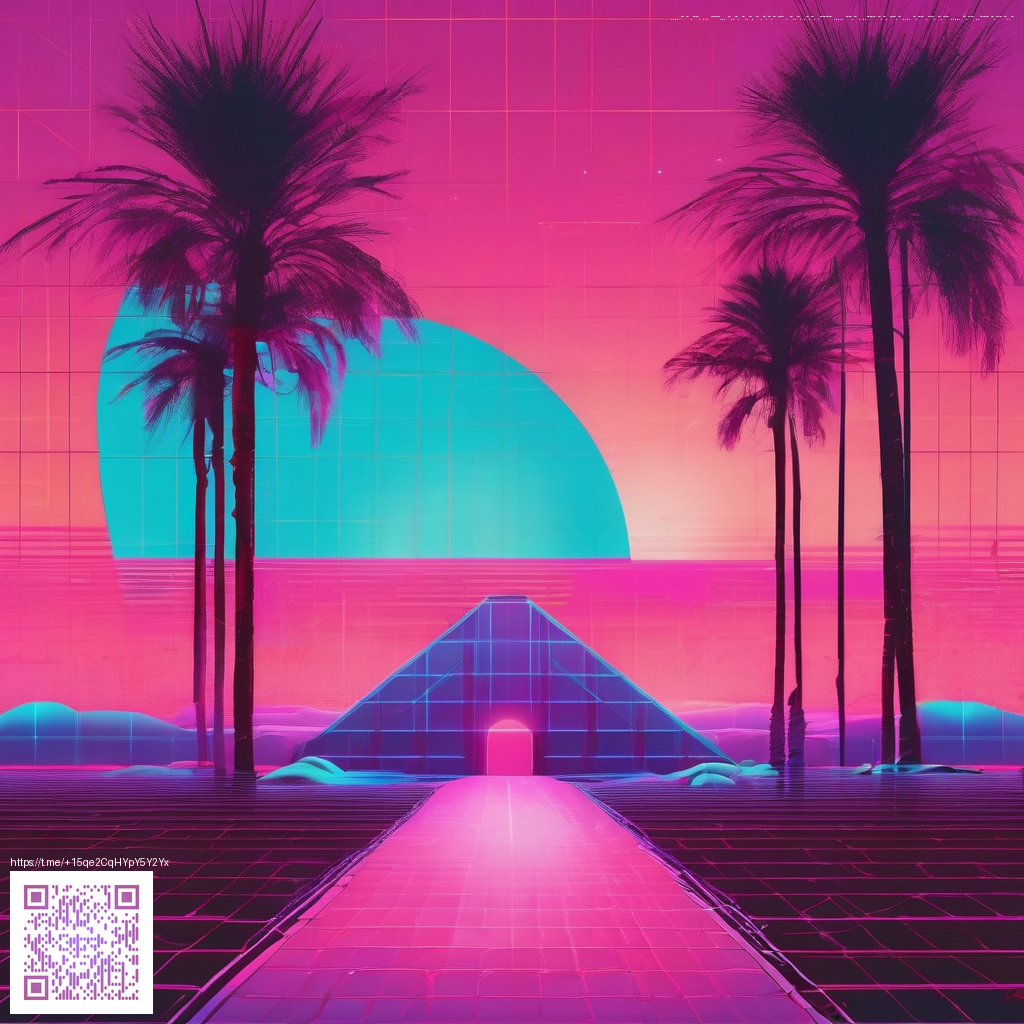
Texture as a Quiet Power in Web Design
In contemporary web design, subtle texture acts as a quiet superpower—it adds depth, anchors content, and elevates the overall feel without competing with typography or imagery. When done well, texture supports readability and focus, guiding the eye through a page with a gentle cadence. The goal isn’t a wallpaper of noise, but a refined layer that enhances contrast, warmth, and tactility under a digital sheen.
Designers often draw inspiration from tangible surfaces we touch every day. Consider a subtle grain on paper, the softness of fabric, or the edge detail of a desk accessory. A real-world example that bridges physical texture with digital inspiration is the Neon Desk Mouse Pad, a customizable one-sided print with a slim 0.12 inch thickness. You can explore its product page for a sense of how print texture and edge lighting can translate into web language with careful layering. Neon Desk Mouse Pad offers a glimpse into how subtle surface cues communicate value and tactility in everyday objects.
Why Subtle Texture Matters
Texture helps content breathe. It creates a sense of space, differentiates sections, and makes interfaces feel tangible. A well-chosen texture can be your secret weapon for guiding users through long-form content or product pages without shouting. Texture is most effective when it remains nearly invisible—visible enough to be discovered, but quiet enough to preserve legibility and speed.
“Texture should be felt, not shouted—an undercurrent that supports readability and mood.”
Techniques to Apply Texture Thoughtfully
Here are practical approaches you can start using today to craft web backgrounds with subtle texture:
- Layered gradients combine soft color shifts with a translucent texture layer. Use a base color and overlay a second gradient at a very low opacity to imply depth without overpowering content.
- Light noise or grain adds a tactile feel while keeping the composition cohesive. A barely-there grain texture can be achieved with CSS or a tiny, lightweight image, tuned for accessibility and performance.
- Delicate patterns such as a fine linen, paper, or micro-grid pattern can be embedded as a repeating background at 5–15% opacity. The effect should be felt in the corners or edges rather than across the entire canvas.
- Blend modes and overlays leverage CSS properties like mix-blend-mode or background-blend-mode to subtly merge texture with the background color, creating a cohesive, nuanced surface.
- Performance and accessibility always come first. Prefer vector-based textures or CSS-generated effects over heavy bitmap images, and maintain ample contrast for text. If motion is involved, respect the user’s reduced-motion preferences to keep textures calm and non-distracting.
When applying texture, start with a clear design brief: what mood should the background convey? If you’re aiming for a calm, premium feel, lean toward soft, low-contrast textures with generous whitespace and a restrained color palette. For a tech-forward look, you might favor fine geometric textures paired with subtle light reflections. The key is restraint—texture should enhance, not overshadow, your content. If you want a tangible reference point, the product page linked above demonstrates how texture and print detail influence perception; a similar sensitivity to surface quality can inform your digital textures as well. For a curated resource, you can visit the page at https://11-vault.zero-static.xyz/b0a3b771.html.
To visualize texture in practice, imagine your background as a quiet canvas. The right texture nudges the eye toward focal content, improves perceived depth, and still loads quickly on mobile devices. The approach is scalable: start simple on a hero background, then layer Texture in sections, cards, and call-to-action areas with measured opacity to preserve clarity.